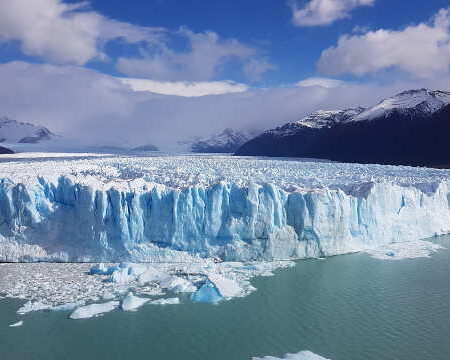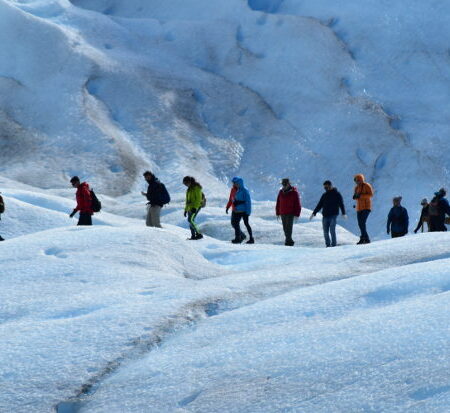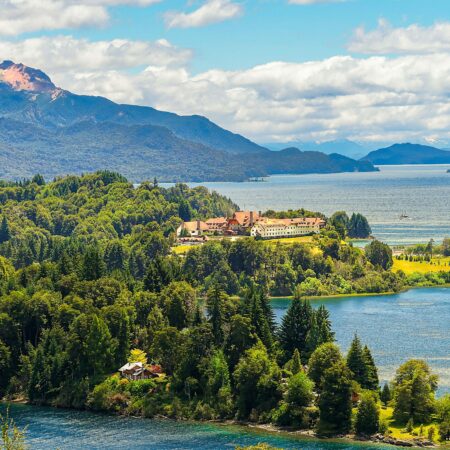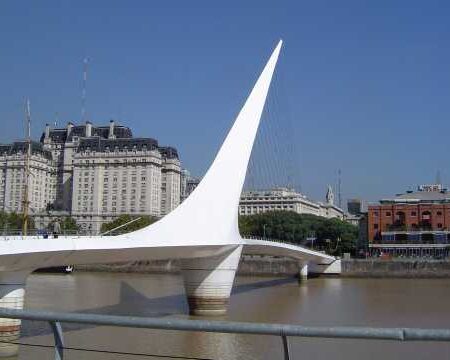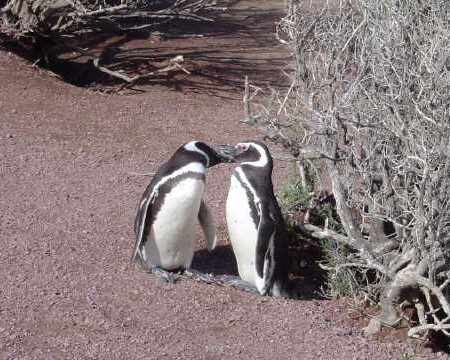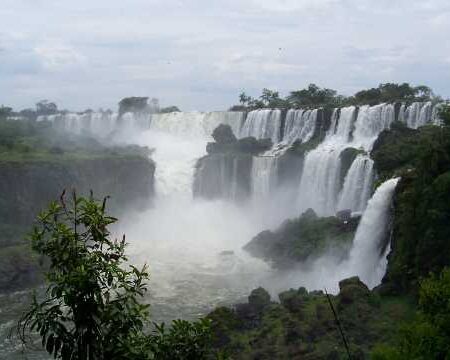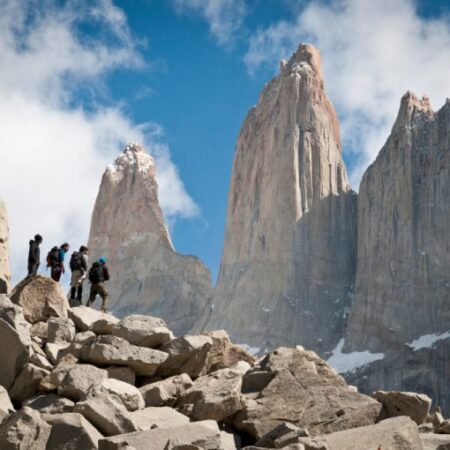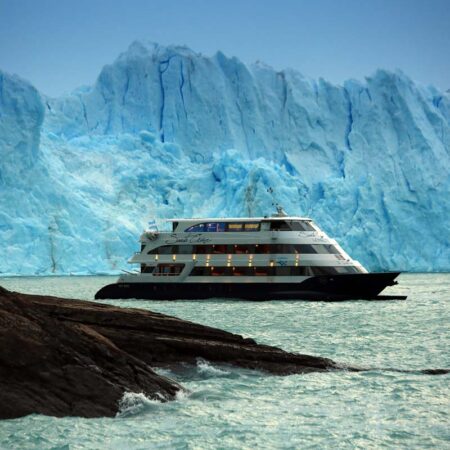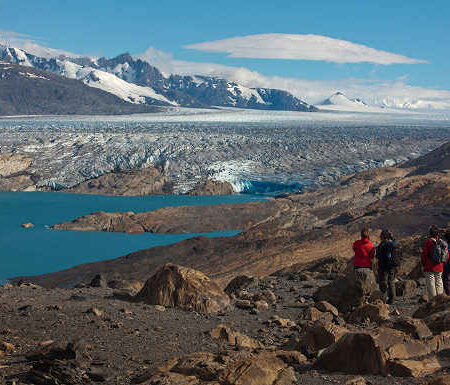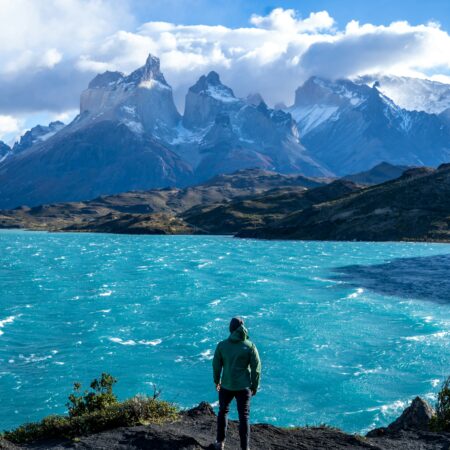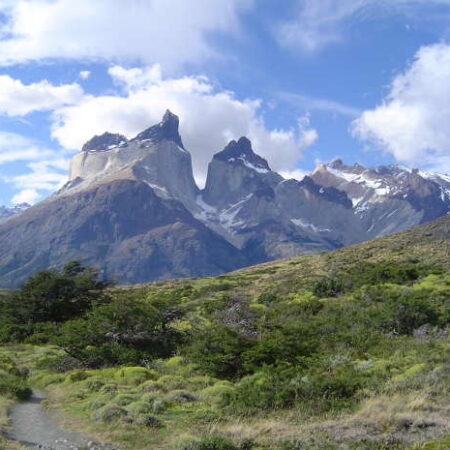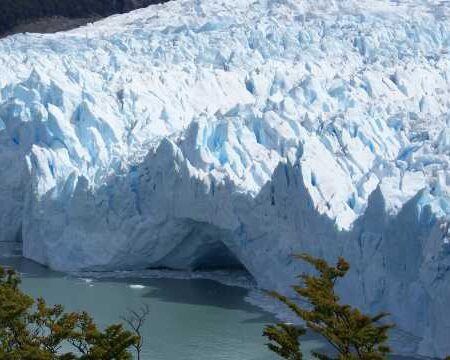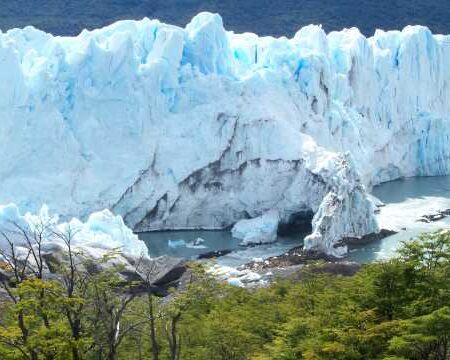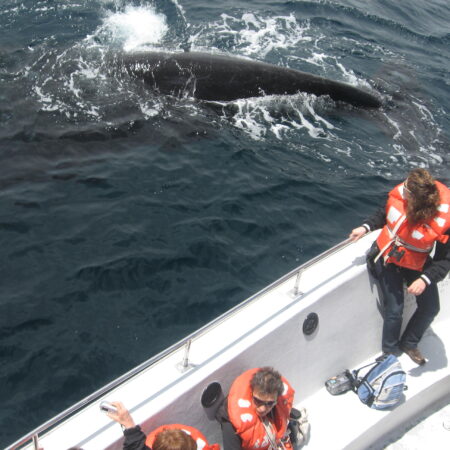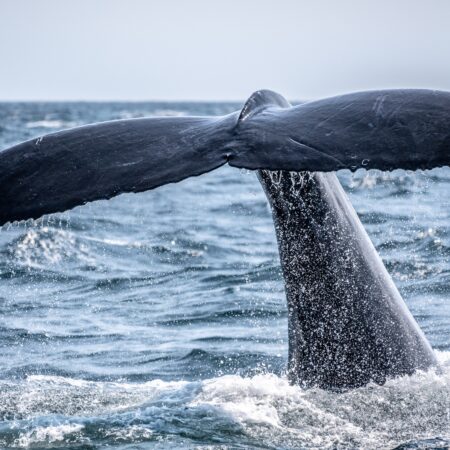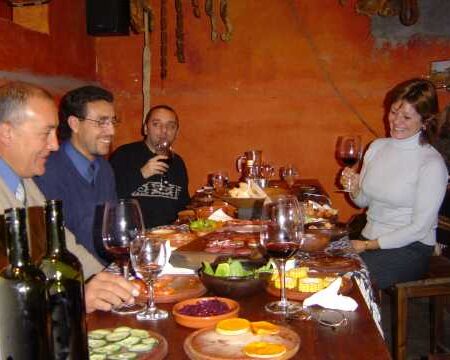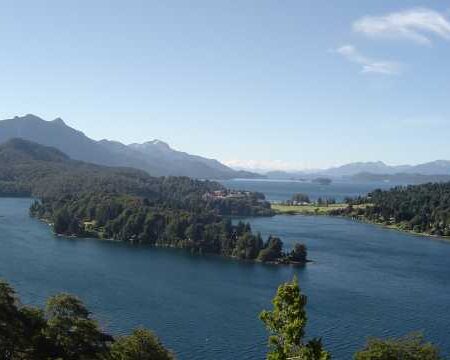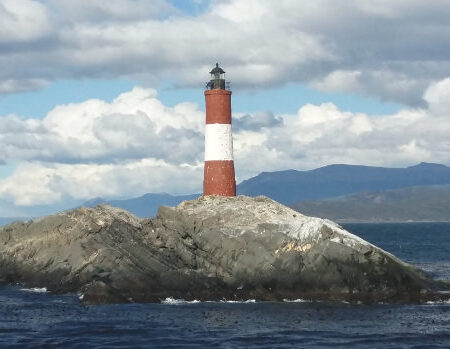Patagonia — a word that conjures a vast, fascinating land
As vast as it is unknown, it is conjured up in our imagination in many different ways. It has always been a land of conquest and colonization, ever since Ferdinand Magellan discovered the Patagonian coast and the strait that bears his name.
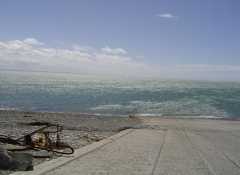 These desolate shores were host to famous navigators who endured the savage force of its characteristic, unceasing wind. That, plus the doubtful hospitality of barren lands where nothing grows and no water can be found. Getting there was a notable feat. But settling down was practically impossible.
These desolate shores were host to famous navigators who endured the savage force of its characteristic, unceasing wind. That, plus the doubtful hospitality of barren lands where nothing grows and no water can be found. Getting there was a notable feat. But settling down was practically impossible.
Magellan discovered these lands by chance. His aim was to reach the “Islas de la Especiería” (the Moluccas) and return to Spain with his vessels laden with spices, silk, porcelain, and all sorts of valuable goods he could find on the way. Like Columbus, he believed it was possible to reach the East by sailing west. And this trip was supposed to be the proof of his hypothesis.
The expedition consisted of five ships — the San Antonio, Trinidad, Concepción, Victoria, and Santiago — with Magellan commanding the enterprise. Although each ship had its own captain, it was he who held responsibility for the final decisions. In fact, shortly after leaving port, he decided to change the pre-established route and, coasting along Africa up to Guinea, gave orders to veer toward Brazil.
Juan de Cartagena, general overseer and captain of the San Antonio, demanded an explanation. Magellan, who was obviously not used to answering for his decisions, considered this a sort of insult and promptly relieved him of his duties, replacing him with Antonio de Coca (the expedition’s accountant). After this incident, Magellan became rather paranoid and, suspicious of his captains’ intentions, eventually replaced de Coca with his cousin, Álvaro de Mezquita.
The voyage continued with these conflicts until they reached Brazil. They stayed there for two weeks in the company of friendly natives, and perhaps this relaxing fortnight helped to ease the tension.
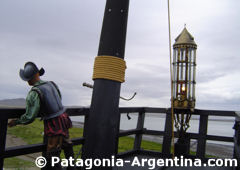 Nevertheless, after a month and a half sailing, Magellan realized that the map he was using (drawn by Martín Behaim) was inaccurate. He kept this discovery secret from the other captains and refused their suggestions to find a secure port for shelter, supplies, and ship maintenance.
Nevertheless, after a month and a half sailing, Magellan realized that the map he was using (drawn by Martín Behaim) was inaccurate. He kept this discovery secret from the other captains and refused their suggestions to find a secure port for shelter, supplies, and ship maintenance.
Magellan, very self-assured, managed to impose his authority. On the 31st of March 1520, they reached a bay which he named Bahía San Julián, where they disembarked in order to spend the winter. Food and wine were rationed, and the men were both discouraged and resentful.
The captains considered it the perfect moment to encourage mutiny, and that marked the beginning of an episode where treachery, cruelty, and murder haunted the days and nights of these tough, fierce sailors.
The leaders of the insurrection were Quesada, Mendoza, and Cartagena who, together with a group of men, boarded the San Antonio. They took Álvaro de Mezquita prisoner and stabbed Juan Elgorriaga when he confronted them, making it quite clear that from that moment, they gave the orders. Juan Sebastián Elcano was appointed captain.
The next morning, the Trinidad sent a boat with some of the crew to the mutineers’ ship to ask for someone to accompany them ashore in search of wood and water. But nobody moved, and a voice informed them that they took orders only from Gaspar de Quesada. The men returned to inform Magellan. The mutineers, now frightened by the possible — and very severe — consequences of their rebellion, asked to be received by the admiral to begin negotiations.
Magellan took the messengers prisoner and, in turn, sent a boat with Gonzalo Gómez de Espinosa carrying a written reply. Luis Mendoza, captain of the Victoria, received Espinosa — who in cold blood thrust a dagger into the captain’s throat while he was reading the note. The crew looked on, paralyzed with shock, and that was when another fifteen armed men sent by Magellan took command of the ship, naming Duarte de Barbosa (Magellan’s father-in-law) captain of the Victoria. He led the ship alongside the Trinidad, which was guarding the entrance to the bay.
Mendoza and Quesada were tried and sentenced to death. Both were beheaded, and their bodies, ripped to pieces, were placed on poles and displayed for everyone to see. Such was the way treachery was punished in those days.
There were other men killed, and presumably some were pardoned because their work on board was necessary — though the pardon was presented as an act of mercy.
Magellan then had to face another problem: to soften the terrible impact of these dramatic events and keep his crew busy and focused. He decided to build a workshop with a forge and direct everyone’s attention to repairing the ships.
Two months went by before they made their first contact with the natives. These were described as “as big as giants, very well built, their wide faces dyed red except for the eyes, which were surrounded by yellow circles, and two heart-shaped traces on their cheeks.”
Magellan was believed to have called these natives Patagones, on account of their enormous feet.
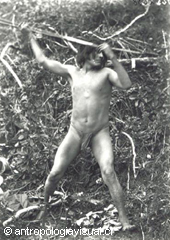 The natives were quite friendly at first, but the newcomers — in a style typical of the conquistadores — thought they could take some of them back to Spain in bondage. As they couldn’t take them on board by force, they devised a trick. They showed the natives some iron chains to attract their attention and then, pretending it was a gift, placed the chains around their ankles. When the natives realized they were prisoners, they became furious and started to fight. A sailor was wounded with a poisoned arrow and died instantly. The Spaniards retaliated with firearms, but the natives managed to escape. Not only were they very fast runners, but they also ran in a sort of zigzag — in the end, they fooled their would-be captors, who, spitefully, burned down their huts.
The natives were quite friendly at first, but the newcomers — in a style typical of the conquistadores — thought they could take some of them back to Spain in bondage. As they couldn’t take them on board by force, they devised a trick. They showed the natives some iron chains to attract their attention and then, pretending it was a gift, placed the chains around their ankles. When the natives realized they were prisoners, they became furious and started to fight. A sailor was wounded with a poisoned arrow and died instantly. The Spaniards retaliated with firearms, but the natives managed to escape. Not only were they very fast runners, but they also ran in a sort of zigzag — in the end, they fooled their would-be captors, who, spitefully, burned down their huts.
One month later, Magellan decided it was time to leave the region, although his mission was far from completed.
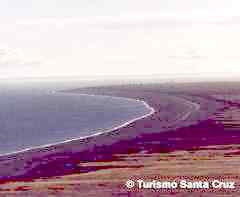 In October, a fearful storm pushed the ships southward until they reached a headland that they christened Cabo de las Once Mil Vírgenes. Further on, seeing what looked like an estuary, Magellan sent the Concepción and San Antonio to explore. They had five days to carry out this reconnaissance, while the remaining ships waited nearby in a place called Bahía de la Posesión.
In October, a fearful storm pushed the ships southward until they reached a headland that they christened Cabo de las Once Mil Vírgenes. Further on, seeing what looked like an estuary, Magellan sent the Concepción and San Antonio to explore. They had five days to carry out this reconnaissance, while the remaining ships waited nearby in a place called Bahía de la Posesión.
A few days went by and suddenly the ships were seen returning — cannons saluting, flags waving, sailors enthusiastically jumping, embracing one another… Victory was theirs!
The passage to the Pacific had finally been discovered.
Magellan had triumphed.
In those hard days, celebrations didn’t last long. Future actions had to be decided, new plans had to be made. Due to the lack of supplies, the weariness of the crew, and the poor condition of the ships, the general opinion among the captains favored returning to Spain. But Magellan refused and gave orders to sail toward the Moluccas, his original destination.
He met his death on the island of Mactan, fighting with the natives, on the 27th of April 1521. He was forty-one.
The itinerary was continued by Elcano, who reached Spain aboard the Victoria on the 8th of September 1522, thus completing the first circumnavigation of the globe, as had been planned by Magellan. This was undoubtedly the greatest nautical feat of the age.
